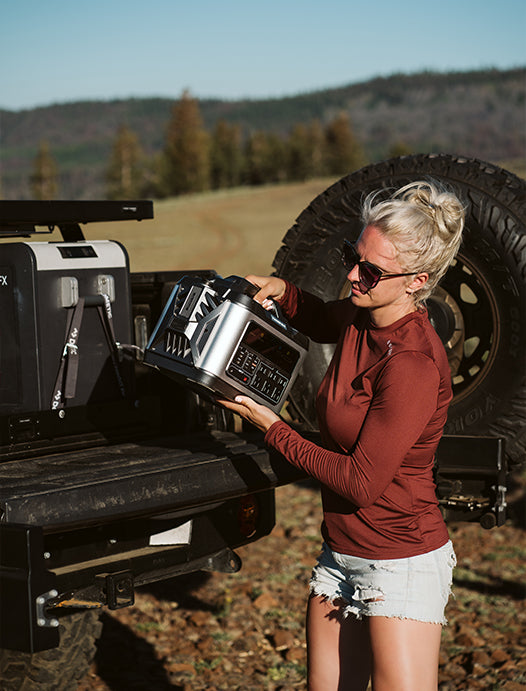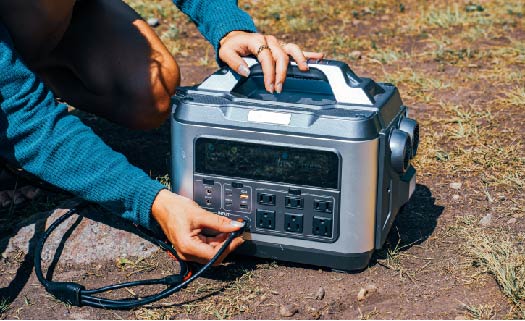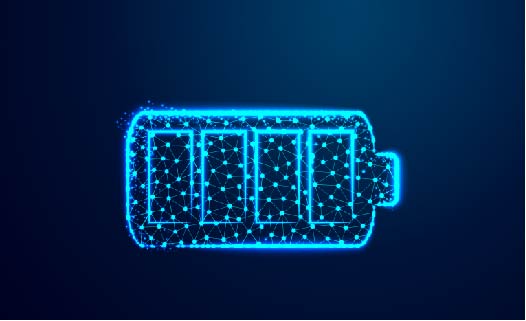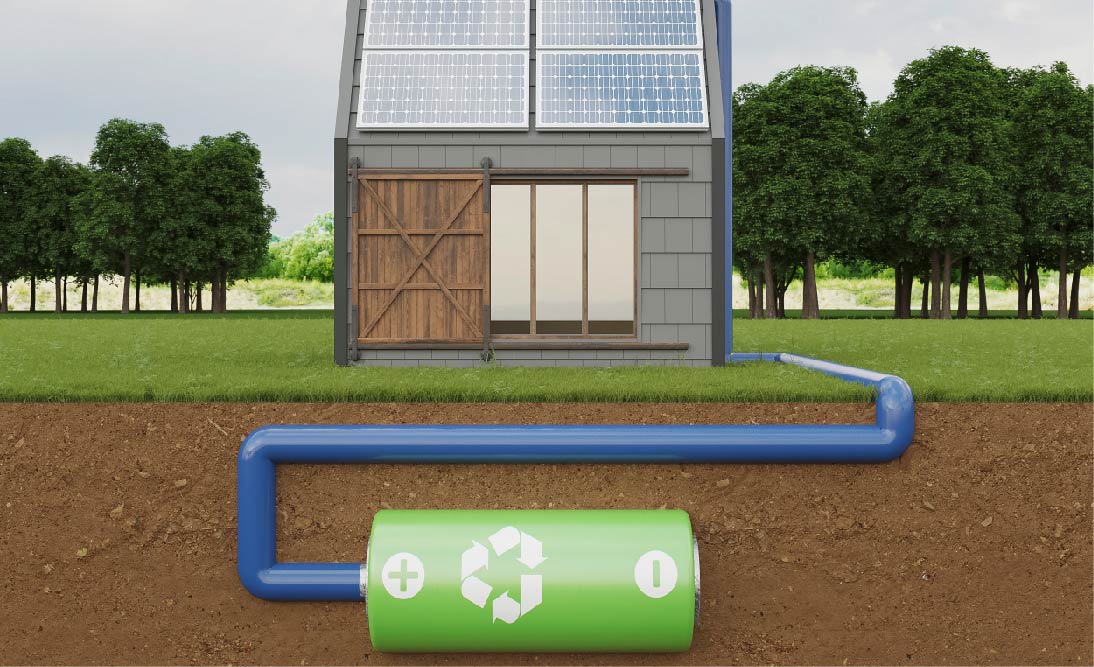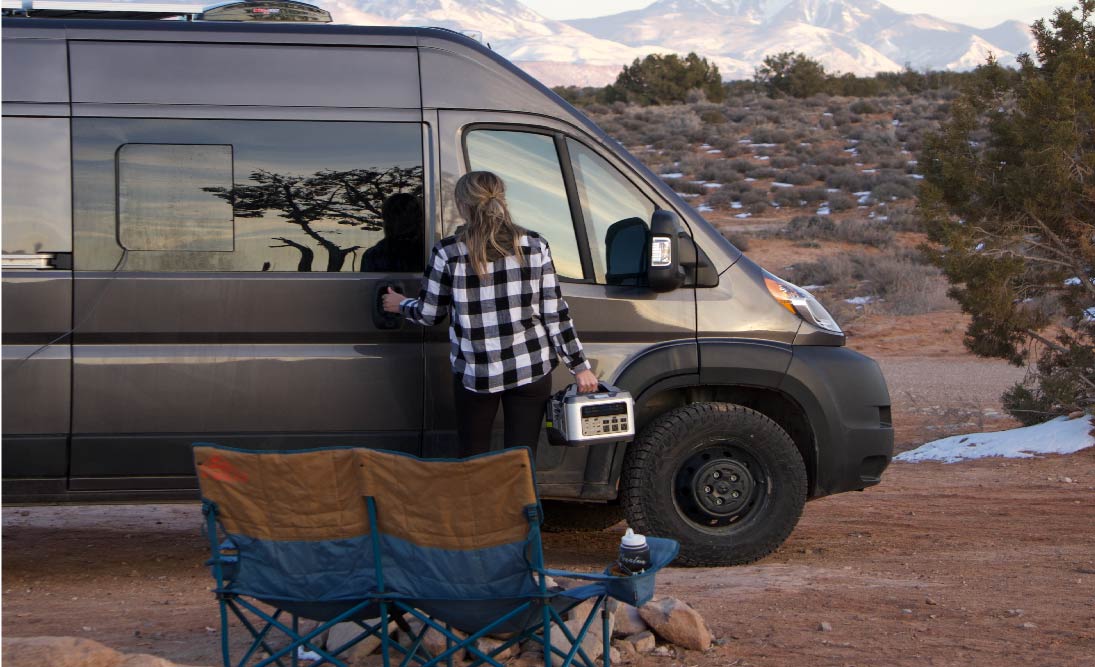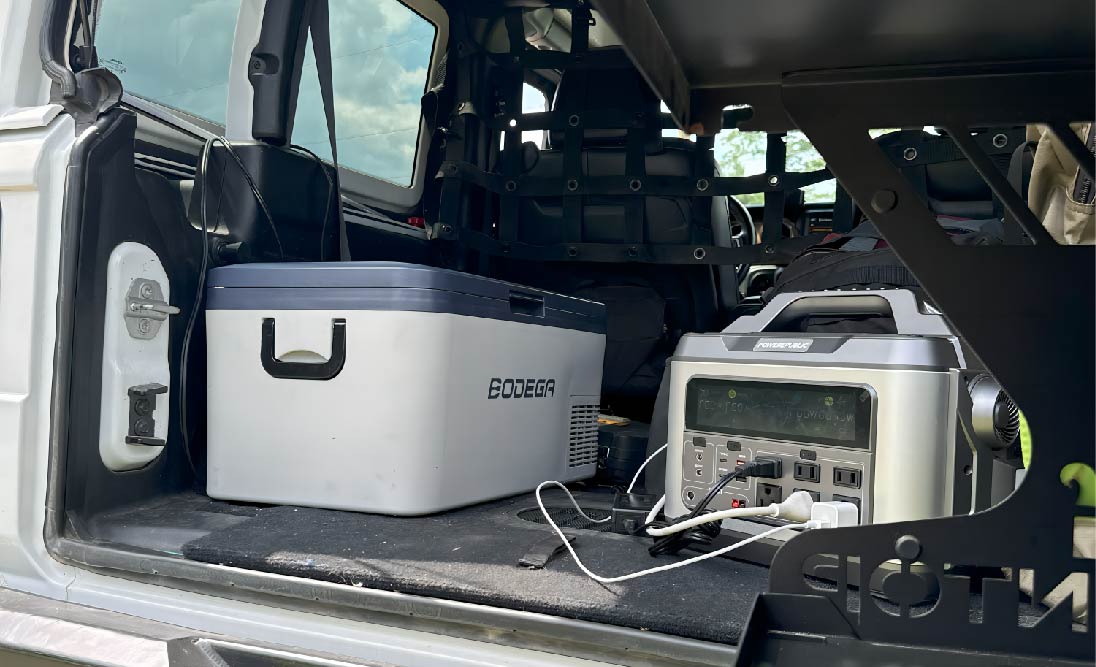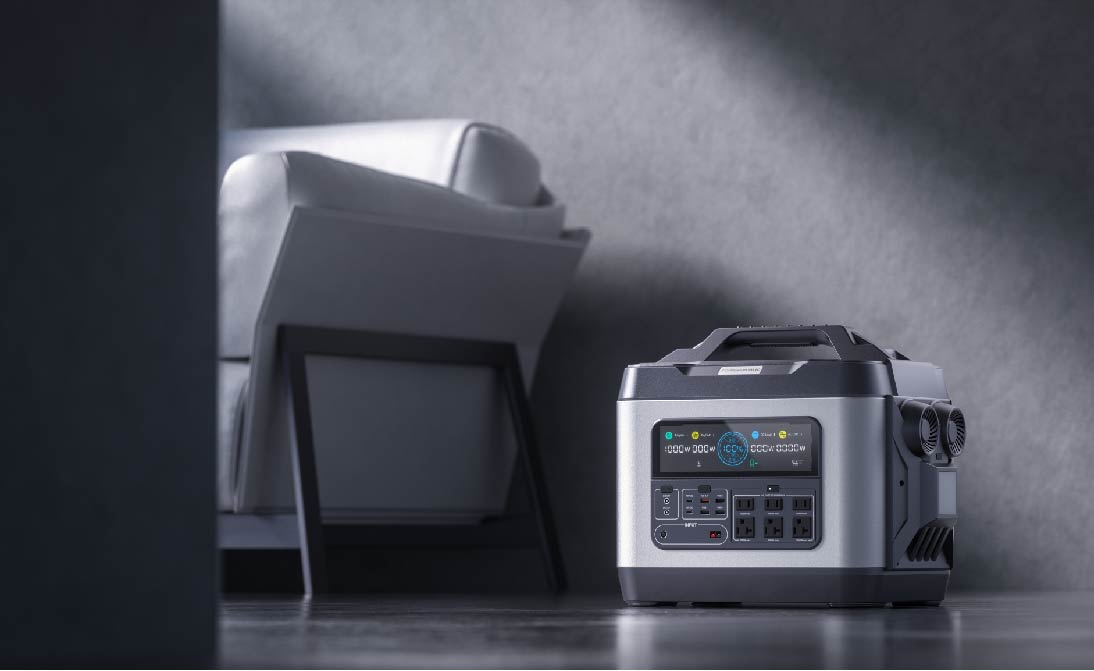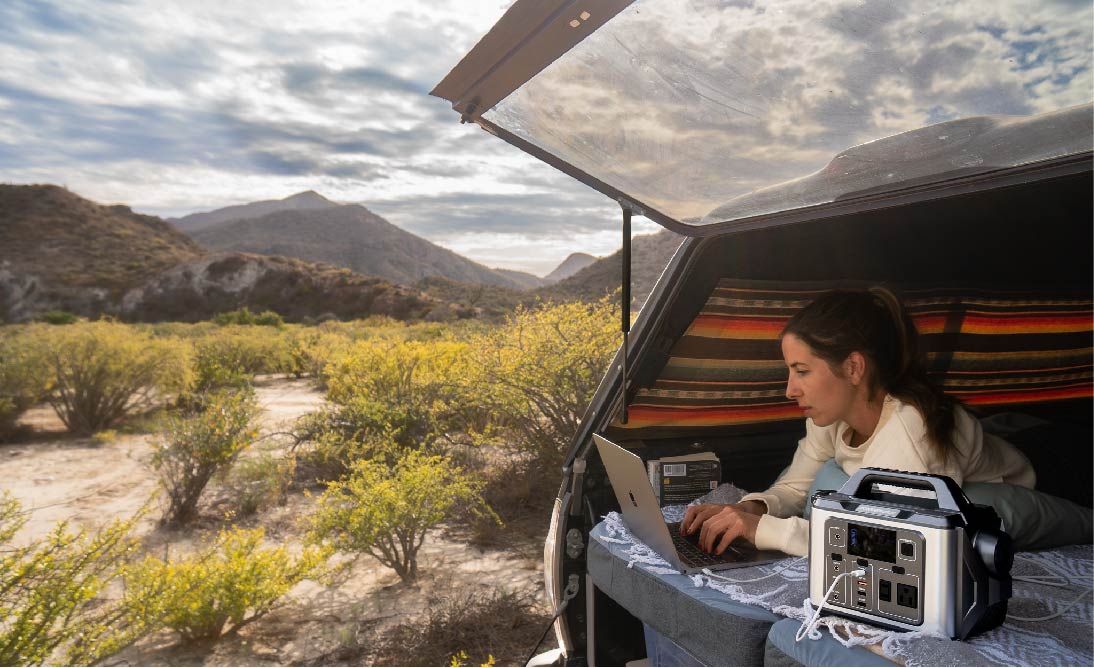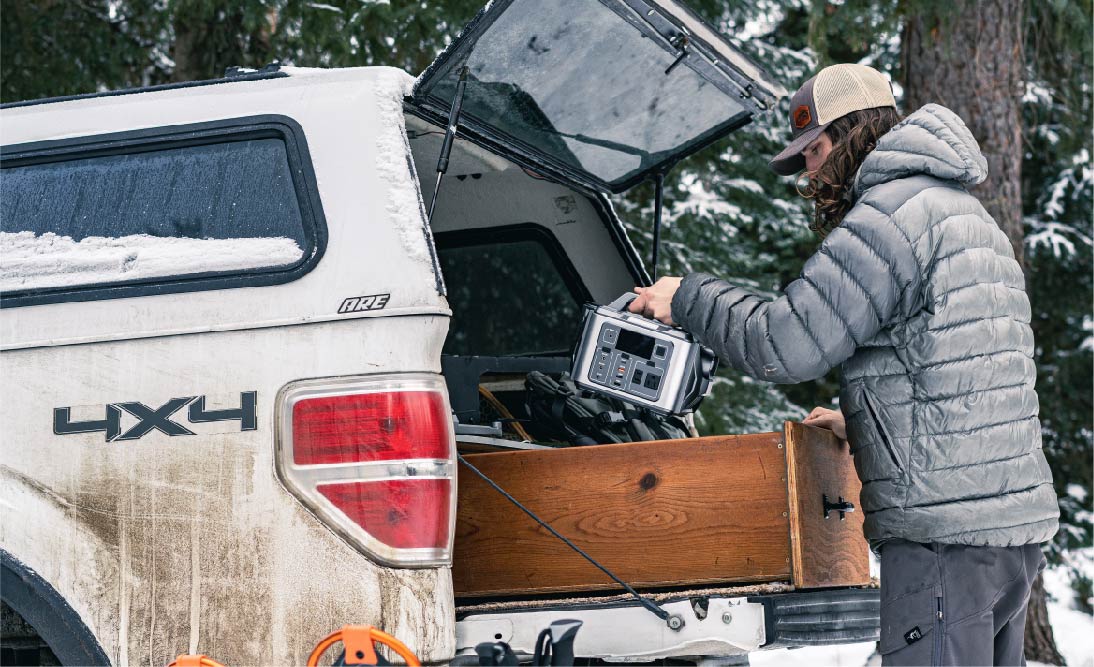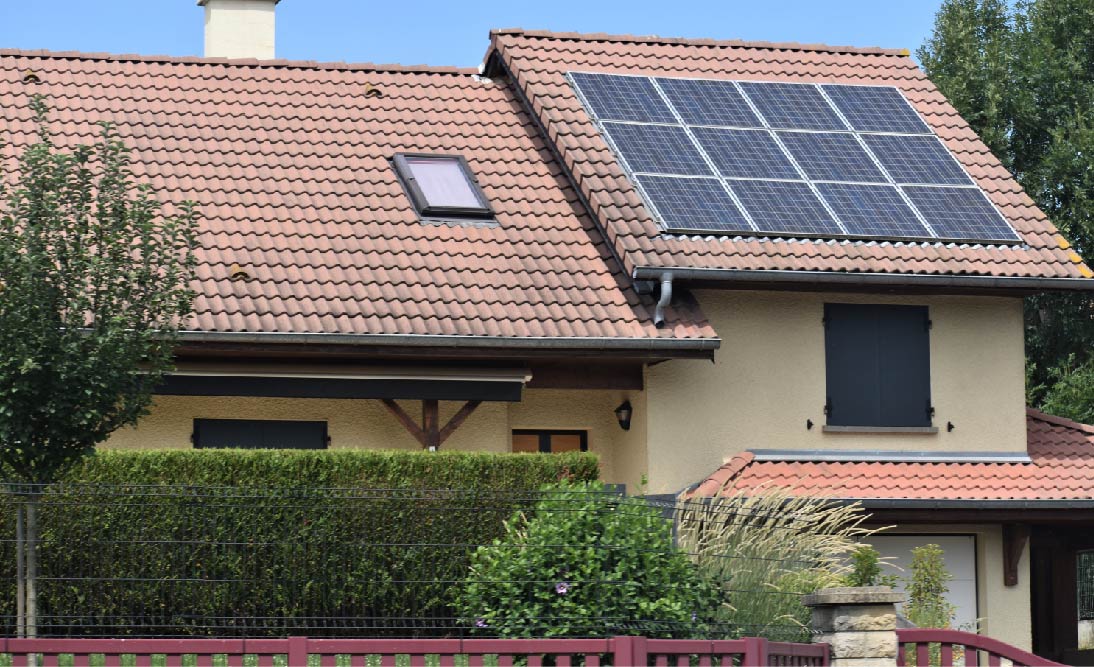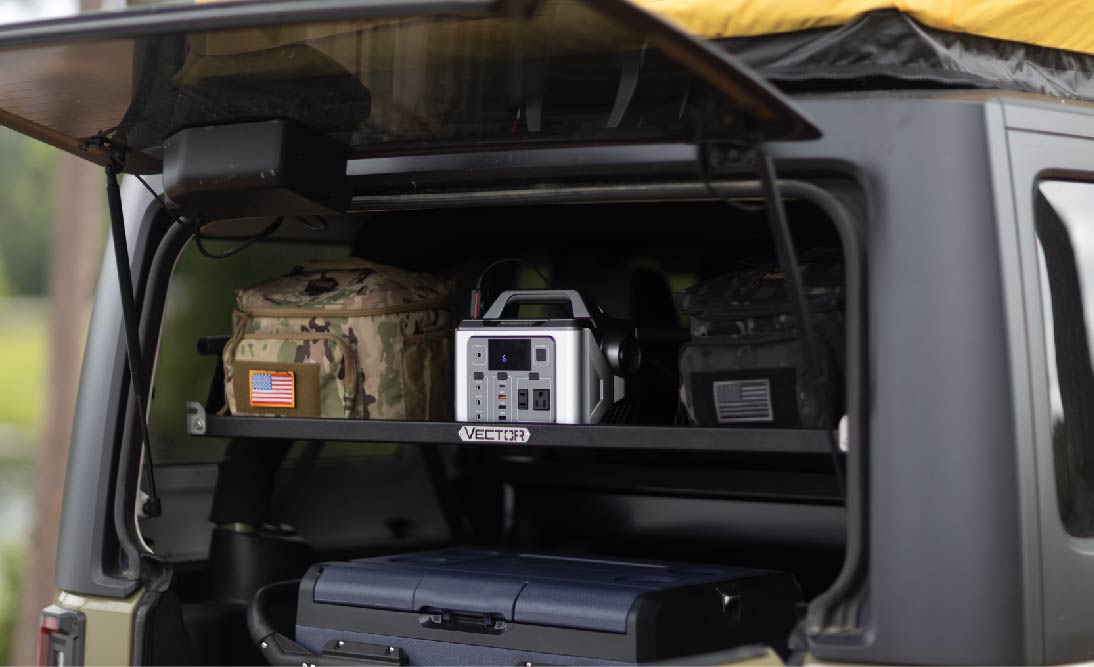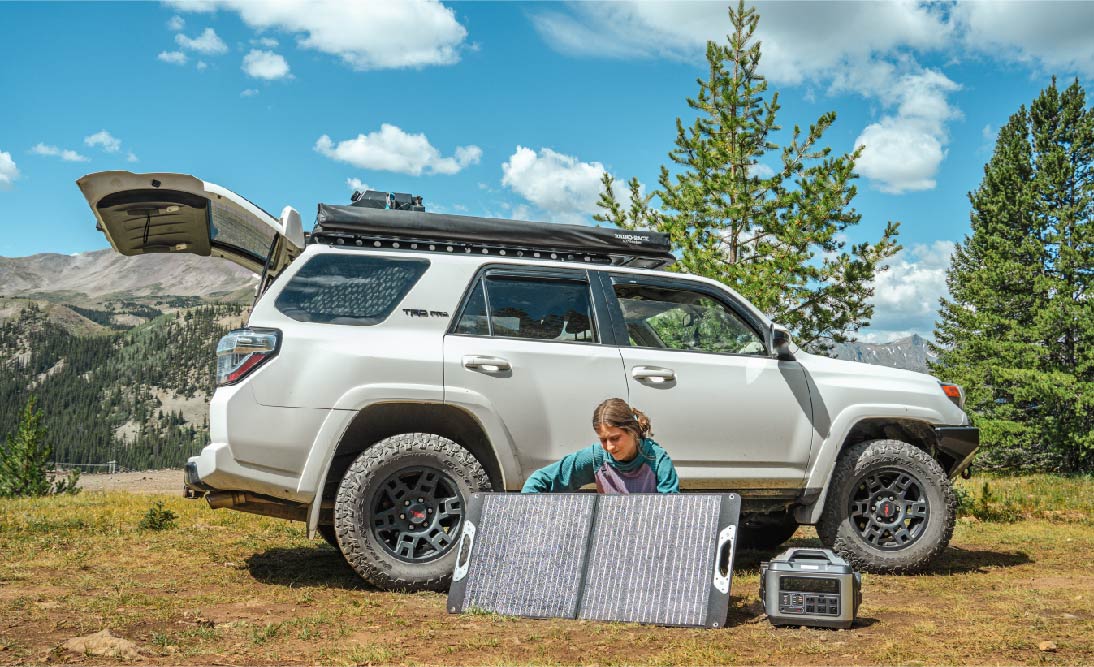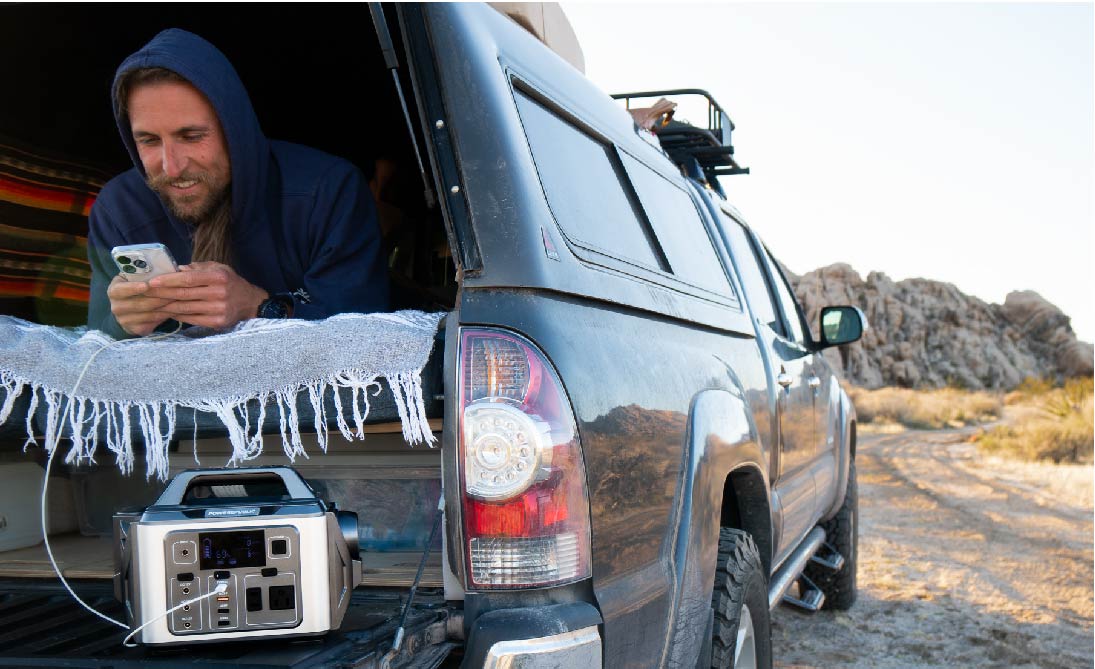Having A 300W solar generator kit is considered a great choice for camping, hiking, road trips, and any other kinds of outdoor activities. It comes in handy and is ready to use wherever you go. It is capable of charging small devices like cell phones, drones, camera batteries, laptops, mini-fridges, electric blankets, LED lights, and so forth. With a T306 solar generator in hand, you don’t have to worry about power outages for your essentials.
Differences between Watt, Watt Hour, and Amp Hour
Different solar generator brands often include the battery capacity(Wh) and rated power (W) when marketing the product. Take, for instance, the POWEREPUBLIC T306(300W/296Wh) solar generator.
Now, you might wonder about the differences between Watt (W), Watt Hour (Wh), and Amp Hour(Ah), Here are how they differ from each other:
Watt
A watt (W) is a unit of measurement used to express the power output or capacity of the unit. It indicates how much electrical power the portable power station can deliver to run various devices and appliances. The wattage rating is crucial in determining what types of electronics or appliances the portable power station can support and for how long it can power them before requiring recharging. Typically, portable power stations come with wattage ratings ranging from a few hundred watts to several thousand watts, depending on their size and capacity.
Watt Hour
A watt-hour (Wh) is a unit of measurement used to express the energy capacity of the unit. It represents the total amount of electrical energy the portable power station can store and supply over time. Watt-hours are crucial for understanding how long a portable power station can power specific devices or appliances before needing to be recharged.
For example, if a portable power station has a capacity of 500 watts, it can theoretically power a device that consumes 100 watts for 5 hours (500 Wh / 100 W = 5 hours) before the power station's battery is depleted.
Watt-hour ratings help users estimate the runtime and suitability of a portable power station for their specific energy needs.
Amp Hour
An amp-hour (Ah) is a unit of measurement used to express the charge capacity of the unit's battery. It represents the total amount of electrical charge the portable power station's battery can store. Amp-hours are commonly used to describe the capacity of batteries, including those used in portable power stations.
For example, if a portable power station has a battery with a capacity of 50 amp-hours (50 Ah), it means the battery can deliver a continuous current of 1 ampere for 50 hours, 2 amperes for 25 hours, or any combination that equals 50 ampere-hours.
Amp-hour ratings are important for understanding the storage capacity of the portable power station's battery. They help users estimate how long the power station can provide power at a certain rate before needing to be recharged or depleted.
How Crucial It Is To Distinguish?
When you're looking for the right solar generator to match your energy needs, it's important to understand some technical terms that can guide your decision. These terms play a crucial role in helping you pick the solar generator that suits your power requirements.
First and foremost, you should pay attention to two key specifications: Watts and Watt Hours (Wh). Let's break it down with an example using our T306 solar generator. This solar generator comes equipped with a built-in pure sine wave inverter that boasts a power rating of 300 watts and a capacity rating of 296 watt-hours.
Here's what that means in practical terms: The inverter in our T306 can handle appliances with power ratings ranging from 0 to 300 watts. If your appliance's power demand exceeds 300 watts, our T306 solar generator won't be able to provide the necessary power.
Now, let's talk about the battery within the solar generator. A higher capacity in watt hours (Wh) translates to the ability to run an appliance for a longer duration, as long as it falls within the solar generator's rated wattage. In simpler terms, a higher Wh rating means you can enjoy extended use of your appliance before needing to recharge the solar generator.
So, when selecting a solar generator, remember that both Watts and Watt Hours matter. These specifications help you make an informed choice based on your specific power needs.
POWEREPUBLIC T306 Solar Generator Kit And Its Functionality

To determine what kinds of devices and appliances can be powered and for how long they can be powered, you'll require the rated power of the devices and appliances and the battery capacity of the unit. You can calculate the duration using the following formula:
Power Time(h)=Watt Hours of the Solar Generator(Wh) / Power of the appliances(W)
We have written an article about why we have to multiply by 0.85, CLICK to learn more.
The table below shows the functionality of the POWEREPUBLIC T306 Solar Generator Kit:
|
Model |
LCD TV (100W) |
Mini-Fridge (150W) |
Heavy Duty Appliances (1000W) |
Micro-wave (1000W) |
Vacuum (1000W) |
AC (1500W) |
|
300W |
Y |
Y |
|
|
|
|
|
1200W |
Y |
Y |
Y |
Y |
|
|
|
2200W |
Y |
Y |
Y |
Y |
Y |
Y |
|
3000W |
Y |
Y |
Y |
Y |
Y |
Y |
Specs Of POWEREPUBLIC T306

Our T306 is designed for both outdoor campers and indoor home backups. It’s able to power most appliances on the market from mini fridges to coffee makers to microwaves.
Tech Specs:
-
300W, Surge 600W
-
296Wh Capacity
-
Lithium-ion Battery with 800+ Life Cycles
-
10 Outputs Ports
-
3 Recharging Options (AC/Solar/Car)
Conclusion
We hope you find this article informative and after reading it, you'll have a better idea about the functionality of the POWEREPUBLIC T306 Solar Generator Kit. If you are an outdoor enthusiast, the T306 solar generator will be perfect for you. In the future, you will be able to select the most suitable power station for your actual needs to avoid overspending.
Learn more about POWEREPUBLIC T1200.
Learn more about POWEREPUBLIC T2200.
Learn more about POWEREPUBLIC T3000.
